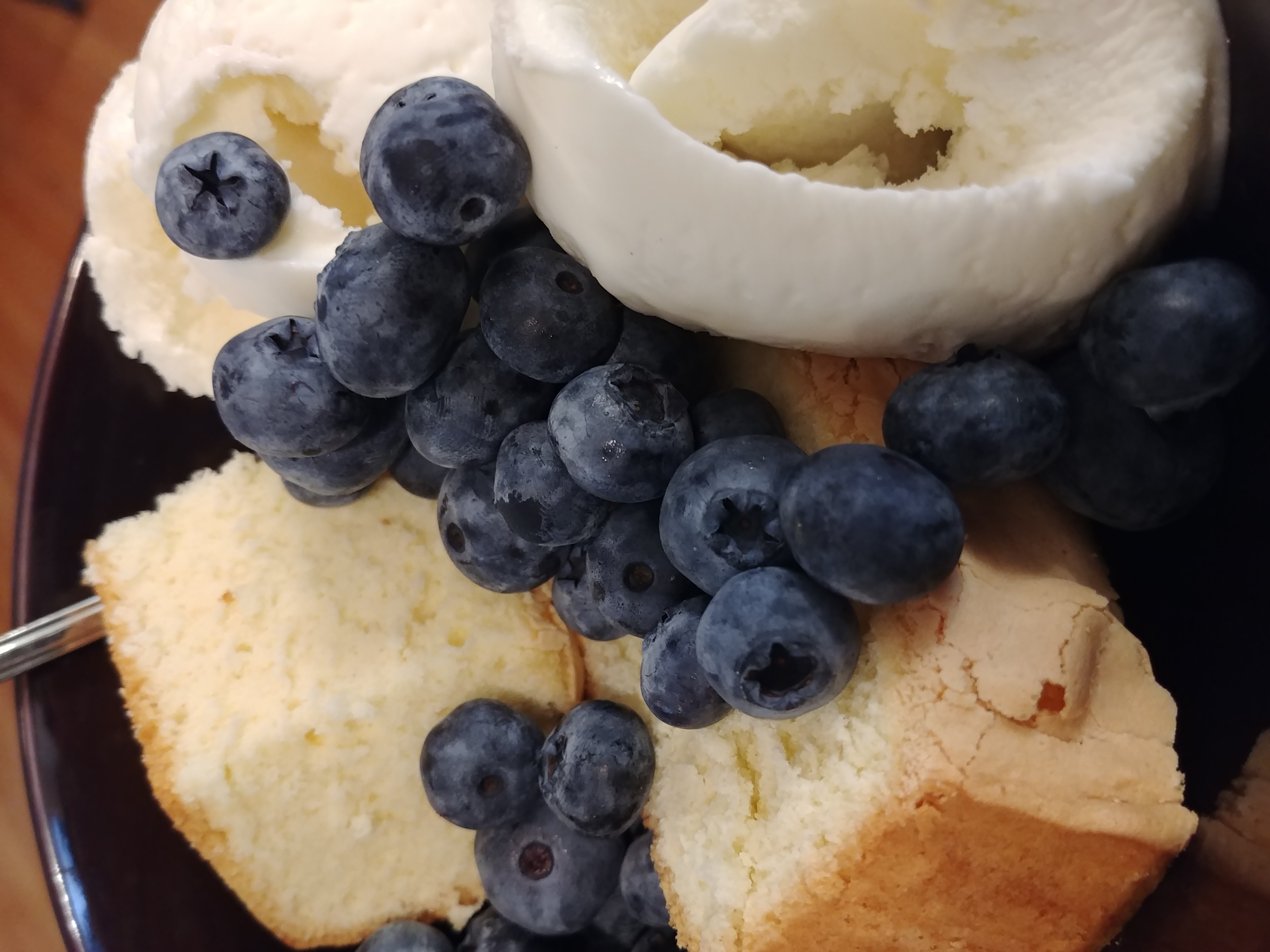This is part of an ongoing project to summarize and provide SCA focused commentary on The Schoole of the Noble and Worthy Science of Defence by Joseph Swetnam, published in 1617.
For links to the other sections of the Swetnam Project please go here.
I am using this facsimile: http://tysonwright.com/sword/SwetnamSchooleOfDefence.pdf for the project.
This chapter discusses the difference between a cowardice, anger, valour, and skill. We’ve dipped back into philosophy here, but Swetnam also brings up one of his most important concepts.
Chap. VII. That Feare and Fury are both enemies to true valour.
Fear is an enemy of valour; the fearful man will always outwardly excuse others insults even when they are inexcusable, but will remember them and will get his revenge by subtle means such as obtaining an office which he can exploit to avenge a past wrong. Only when there is great need does the coward show valour
But when a cowardly man is trained and sees that they can defend themselves he looses his fear in the certainty of his defences. Thus by training you may make a cowardly man valorous. It is easier to make a cowardly man valourus than to make a drunken man forsake his drunkenness or to make an angry and hasty man calm and civil.
The only thing to make a drunken man forsake drink is death or poverty, and the only ways to make an angry or hasty man civil is by receiving many dangerous wounds, imprisonment, or death. Though some times old age will bring experience and that will calm the hasty man down.
When two men, even skillful men, fight while angry they do not show the true art, but instead will fight wildly. If distance is broken then both men will receive injuries and will not be able to maintain the true art. After the fight they will understand their folly, but it will be too late.
Swetnam is not asking people to “turn coward” and turn away from a just quarrel, but rather to avoid idle brawls such as those that spring from drunkenness. If someone truly offends you then you should stand against him and challenge him, both for your honour and also so that others will think twice about offending you.
There are people who are valorous by nature, and yet are not skillful. Swetnam would that they hold back from challenges, as they are likely to end up dead in their first duel. Swetnam points out that there are many examples of this in France, Flanders, and Ireland.
Swetnam says that it is better to retreat if your safety is in danger rather than to be slain. He is quick to state though that he does not recommend running away, but rather retreating for cause. He reminds us that running away is cowardly. But you can retreat with no disgrace – here he references that many men have been considered valiant even though they retreated from overwhelming odds. Sometimes you must accept a great wrong, as long as you can rectify it later without the loss of your life. Remember that only a fool puts all of his goods in one ship, or all of his money on one throw of the dice. If you know that you can not be victorious then you should back down even if it is to your discredit.
Here he sums up the chapter with saying that you should always use your weapon with discretion, without anger, and to let wisdom guide you and you will be successful in many a quarrel and skirmish.
“There is no exercise learned but by often practice, for so it is made perfect: valour, and stomach commeth by nature, but skill never commeth by nature and he which is grounded in skill by arte and practice will not fear the proud brags of any man” (57)
Always depend on your skill. Remember to keep your distance. And remember the best way to end a fight is unhurt.
SCA Take:
In the SCA we’re not supposed to be fighting in anger, which you’d think would make this chapter redundant. But the number of times I’ve seen an otherwise good fencer blow their cool and forget their skill shows that to be a false conclusion. Fencers in the SCA need this reminder just as much as they did in the 17th century. Anger and skill do not mix.
That being said, the commentary on cowardice isn’t truly needed as the SCA is not very close to a true duel situation. As I’ve commented before it is much closer to a practice bout, even in high end tournaments.
Other than not fighting in anger the biggest take away from this chapter is: Depend on your skill, skill comes from practice; keep your distance, the true art is harder at close range; the best way to end a fight is unhurt, don’t sacrifice one part of your body to make a kill shot – this is combat, not tag.
Those three points seem like they are going to form the basis of Swetnam’s style, so I”m sure we will be revisiting and delving deeper into them.



1 Comment
Thoughts on Reading Swetnam | Tomas de Courcy · September 7, 2011 at 10:19 am
[…] 7. This Chapter sheweth that feare and fury are both enemies unto true valour […]